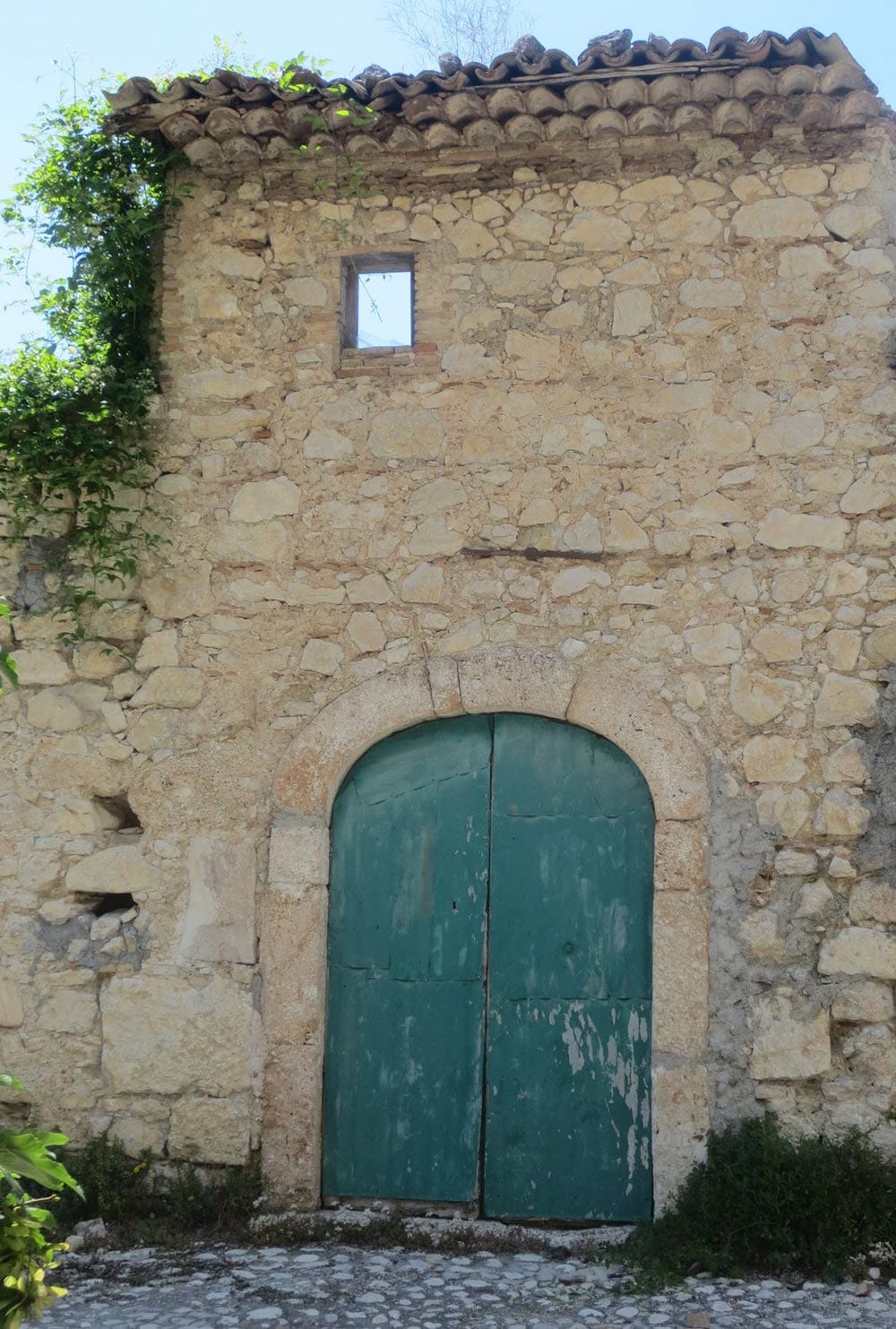Real Estate
SEXTANTIO AND THE PROTECTION OF THE MINOR HERITAGE
The projects of the Sextantio group originate from an interesting cultural ambition: to give dignity to the Minor Historical Heritage and to the Landscape of our Country, and in short to all the identities peculiar to a territory. Italy, whose principal identity is that of being the Country of History above all others, has wiped out a minor history, left out of the paradigm of classicism. The philosophy of Sextantio articulates in a relationship of mutual integrity between territory and this ‘minor history’, protecting the landscape of medieval fortified villages, which are so typical in Apennine Italy.
In short the requalification project plans:
– Exclusive use of salvage architectural materials where they have been removed or broken in the years.
– Conservation, where it is identifiable, of the destination of use of each room inside the original domestic organization.
– Furnishing with the ‘poor art’ of the Apennines by means of a broad use of the iconographic material (Schoermaier Archive).
– Reproposal, after an adequate research (Museo delle Genti d’Abruzzo), also of some aspects of the material cultures still present in the historical memory of old people, the very last generation of a universe doomed to die out (cooking of the times of plenty, home handicraft with symbolic and emotional elements which were not only subdued to the functioning, etc.) in order to avoid such affected folklorisms, so usual and serially repeated because of the tourist destination of those historical ‘borghi’.
The conservative approach goes as far as the preservation of life marks lying dormant in the plasters, in the stratifications of the buildings, elsewhere systematically “repressed”, reminding the fate of poverty of the peoples of the Apennine mountains. This preservation of the historical interiors, of the life marks, methodologically considered as an integral part of the heritage to be preserved, should be a fresh break in a tradition of a culture which has usually considered the deep and hidden fascination of those minor historical ‘borghi’ of a secondary importance, anyway as an object of sterilization or contemporary reinterpretation. Today this approach to the conservation of the landscape and of the historical heritage, and its cultural value – the example of Santo Stefano di Sessanio is emblematic – have become projects which are driving the economy of the whole area.

Frattura Vecchia di Scanno, abandoned hamlet/borgo in Abruzzo
Frattura Vecchia is a hamlet of the town of Scanno, in the Abruzzo National Park. The small village, located about 1260 meters above sea level, seems to have taken its name from the “fracture” that in prehistoric times affected Mount Genzana and formed Lake Scanno. The village has ancient origins: already mentioned in the manuscripts of the seventeenth century with the name of “Castello dei Numi”, its origin probably dates back to 1106, the oldest dating in the country, carved on an ancient reliquary of the church. At the time of the Marsica earthquake of 1915, the population consisted of about 350 inhabitants; the old village was destroyed, the new center was rebuilt downstream, so that today the two villages are called Frattura Vecchia (Old Frattura) and Frattura Nuova (New Frattura). Today the village of Frattura Vecchia is no longer inhabited and consists of about 75 buildings, of which 45 belog to Sextantio (4126 sqm). The village develops itself around a square where a fountain from 1834 is located, and from which four main alleys branch off, called: Castello, La Portazza, Zeppe di pietre, Campo di Fiore. At the entrance to the village there is the small church of San Nicola. A ruined tower overlooks the village at the highest point of the hill, from which it is possible to admire Lake San Domenico, Lake Scanno, the mountains of the Abruzzese Apennines and the surrounding villages.
